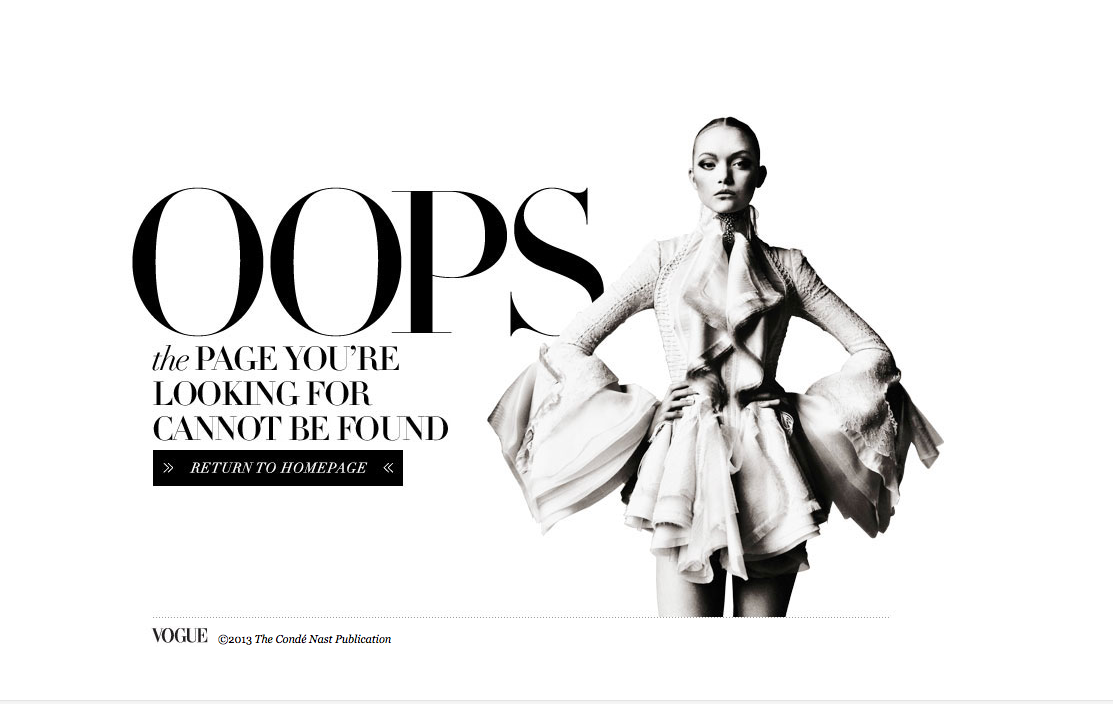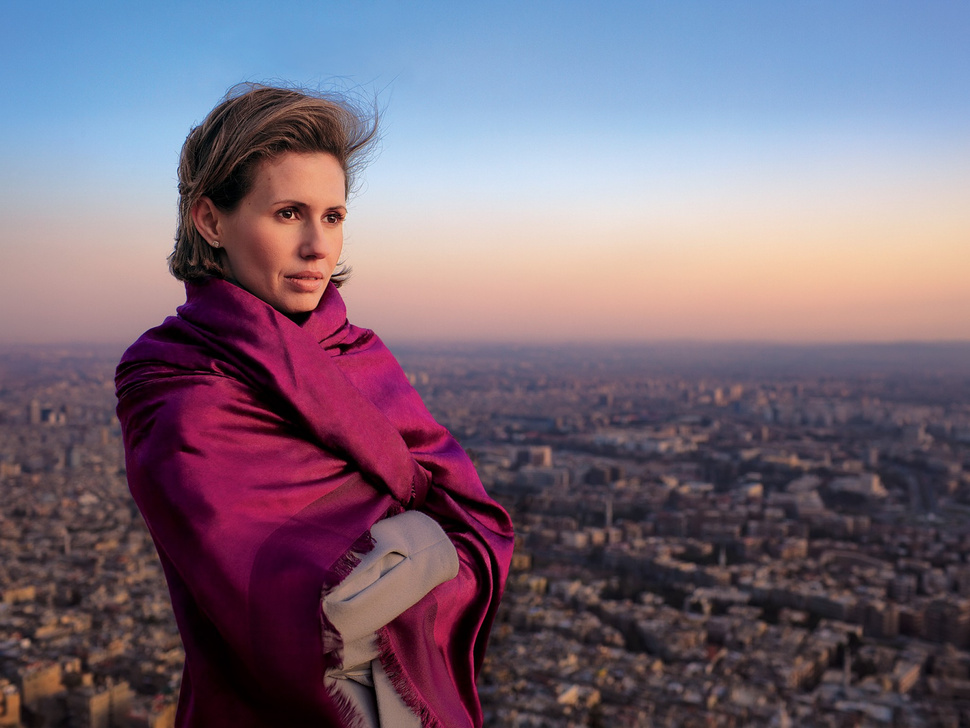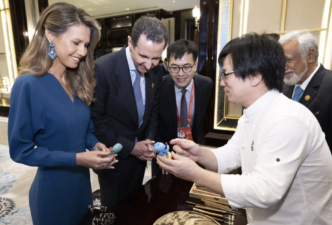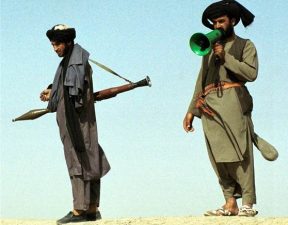A glowing profile of the wife of Syrian president Bashar al-Assad written two years ago for a major fashion publication
Written by Joan Juliet Buck for Vogue magazine, the article entitled “A Rose in the Desert” serves as a litmus test for cynicism when considered against the backdrop of mass-murder, torture and imprisonment of tens of thousands of Syrians that has occurred since the story was first published.
In March, 2011, the 3,200-word story on Asma al-Assad praised the “wildly democratic” family-centric couple who vacation in Europe, nurture Christianity, and leave their security guards at home when cruising around Damascus with Brad and Angelina. Buck declared that “Syria is known as the safest country in the Middle East” and described the couple’s aim to give Syria a “brand essence.”
With catastrophic mistiming, the story was published online right before Syria’s Arab Spring erupted. It was later revealed to be the result of a coordinated public relations effort managed by Brown Lloyd James, the same firm that handled media spin for Libya’s Qaddafi regime.
The profile became a heated topic among journalists and activists, and Vogue quickly removed the article and all references to it from their website. The magazine, published by Condé Nast, boasts over 11 million readers. It later defended the story saying it was “a way of opening a window into this world a little bit,” with a qualifier that the nation under Assad was “not as secular as we might like.” The URL is still visible, but a click gets you this image:
 Last week, news and gossip website Gawker reprinted the full article, without author or Vogue approval. It then went down from Vogue. But we found the last copy online and filed it here. You can download the PDF here.
Last week, news and gossip website Gawker reprinted the full article, without author or Vogue approval. It then went down from Vogue. But we found the last copy online and filed it here. You can download the PDF here.
We have found the first paragraphs from the original Vogue article:
Asma al-Assad is glamorous, young, and very chic–the freshest and most magnetic of first ladies. Her style is not the couture-and-bling dazzle of Middle Eastern power but a deliberate lack of adornment. She’s a rare combination: a thin, long-limbed beauty with a trained analytic mind who dresses with cunning understatement. Paris Match calls her “the element of light in a country full of shadow zones.” She is the first lady of Syria.
Syria is known as the safest country in the Middle East, possibly because, as the State Department’s Web site says, “the Syrian government conducts intense physical and electronic surveillance of both Syrian citizens and foreign visitors.” It’s a secular country where women earn as much as men and the Muslim veil is forbidden in universities, a place without bombings, unrest, or kidnappings, but its shadow zones are deep and dark. Asma’s husband, Bashar al-Assad, was elected president in 2000, after the death of his father, Hafez al-Assad, with a startling 97 percent of the vote. In Syria, power is hereditary. The country’s alliances are murky. How close are they to Iran, Hamas, and Hezbollah? There are souvenir Hezbollah ashtrays in the souk, and you can spot the Hamas leadership racing through the bar of the Four Seasons. Its number-one enmity is clear: Israel. But that might not always be the case. The United States has just posted its first ambassador there since 2005, Robert Ford.
“It’s a tough neighborhood,” admits Asma al-Assad.
It’s also a neighborhood intoxicatingly close to the dawn of civilization, where agriculture began some 10,000 years ago, where the wheel, writing, and musical notation were invented. Out in the desert are the magical remains of Palmyra, Apamea, and Ebla. In the National Museum you see small 4,000-year-old panels inlaid with mother-of-pearl that is echoed in the new mother-of-pearl furniture for sale in the souk. Christian Louboutin comes to buy the damask silk brocade they’ve been making here since the Middle Ages for his shoes and bags, and has incidentally purchased a small palace in Aleppo, which, like Damascus, has been inhabited for more than 5,000 years.
The first lady works out of a small white building in a hilly, modern residential neighborhood called Muhajireen, where houses and apartments are crammed together and neighbors peer and wave from balconies. The first impression of Asma al-Assad is movement–a determined swath cut through space with a flash of red soles. Dark-brown eyes, wavy chin-length brown hair, long neck, an energetic grace. No watch, no jewelry apart from Chanel agates around her neck, not even a wedding ring, but fingernails lacquered a dark blue-green. She’s breezy, conspiratorial, and fun. Her accent is English but not plummy. Despite what must be a killer IQ, she sometimes uses urban shorthand: “I was, like. . . .”
“We did not ask permission beforehand,” Gawker editor John Cook told Mother Jones. “I think it’s important that people are aware of how Vogue and (Editor-in-chief Anna) Wintour…felt about the Assads, and characterized the Assads. It came out almost exactly as the regime embarked on its campaign of murdering women and children…And now in the context of the United States possibly going to war with Syria, it’s important for people to see how the magazine portrayed them…[Wintour] was pushing her people to give cover to a tyrant and murderer.”
Cook continued, “There’s a very important public interest behind publishing [the profile] in a vastly different context than the one it was originally presented in. Our goal was to make sure that the actual artifact is readily available.”
Bashar is not the only Arab leader with a comely, intelligent and media-savvy wife with Western public appeal (London-born Asma studied computer science at King’s College, worked as a banker for J.P. Morgan, and sports European designer clothes).
Spinning the similarities in west-leaning lifestyle and fashion makes for easy “Oprah-fying” of these women which also reflects positively on their men. It’s a tactic borrowed from American and European politics, and it flies both ways (recall Hilary Clinton’s damaging admission that she chose to not stay home and bake cookies, as example).
Was this a factual profile of a contemporary political figure or blatant propaganda to dress up the dictator and his wife into a sanitized, Middle East “lite”? Read the article yourself (link is here) and let us hear your view.




